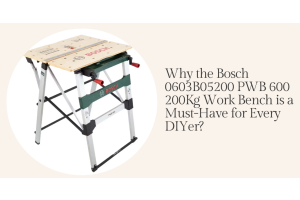S1P Vs. S3 Safety Shoes: Which is Best for You?
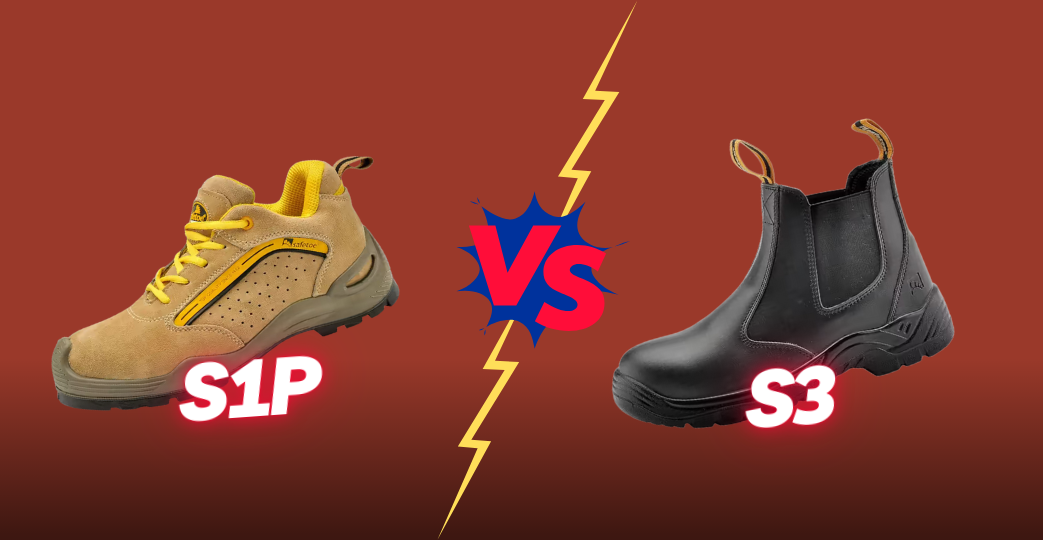
Whether on a construction site or tackling a DIY project, staying safe matters most. Safety shoes play a crucial role as great personal protective gear. However, people often get confused between S1P and S3 safety shoes. This blog will explore what S1P Safety Shoes are and what S3 Safety Shoes are. We'll look closely at their features, applications, differences, and selection criteria.
Understanding Safety Shoe Ratings
Let's start by understanding safety shoe ratings before we explore S1P and S3 safety shoes. These ratings clue us in on how protective different kinds of shoes are. What do S1, S2, or S3 mean on a shoe? They show the specific protection level and standards a shoe has. Understanding these ratings is super important so you know what shoes to choose.
What is S1P Safety Shoes?
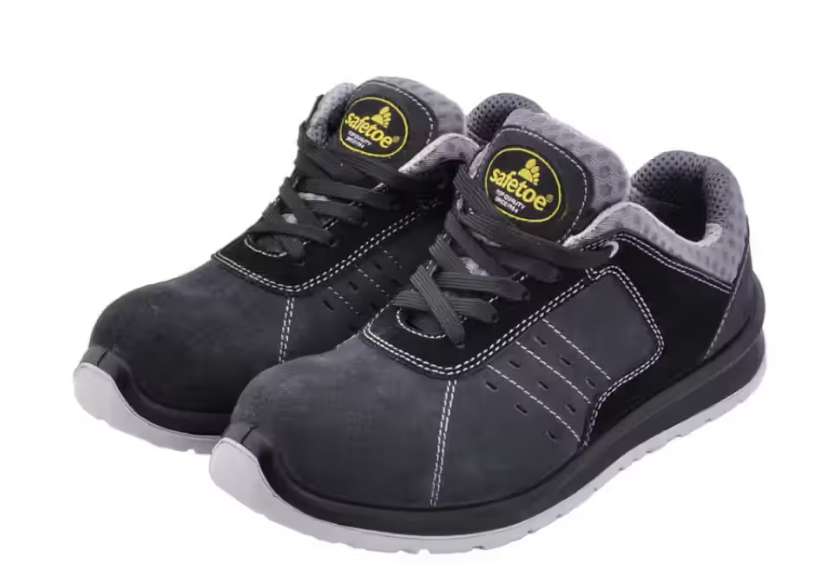
S1P safety shoes are crafted for places where feet might get hurt by falling objects or sharp things on the ground. They combine multiple protective qualities that make them suitable for indoor job sites.
Key Features of S1P Safety Shoes
- Protective Toe Cap: S1P shoes include protective toe caps that can withstand impacts of up to 200 joules, vital for protecting your toes in hazardous environments.
- Anti-Puncture Protection: These shoes feature a puncture-resistant sole, which protects against sharp objects like nails or glass, making them ideal for workplaces with debris on the floor.
- Energy Absorption: With energy absorption capabilities in the heel area, S1P shoes help reduce fatigue, enhancing your comfort throughout long hours on your feet.
- Anti-Static Properties: S1P shoes are designed to dissipate static electricity, minimizing the risk of electric shocks—especially in environments where static build-up is hazardous.
- Slip Resistance: Their soles provide excellent grip on various surfaces, helping to prevent slips and falls, which are common hazards in many workplaces.
- Fuel and Oil Resistance: S1P shoes resist hydrocarbons, making them suitable for use in environments where exposure to oils and fuels is likely.
Applications of S1P Safety Shoes
S1P safety shoes excel in various indoor environments with minimal exposure to water but potential hazards from sharp objects or falling items. Here are typical applications:
- Warehousing: Ideal for warehouse workers who might deal with falling objects and sharp debris.
- Logistics: Perfect for logistics operations, offering essential protection without sacrificing comfort.
- Manufacturing: Suitable for manufacturing settings where mobility and protection from tools and machinery are necessary.
- Indoor Construction: While outdoor construction might require more robust footwear, indoor jobs can often be safely handled with S1P shoes.
What is S3 Safety Shoes?
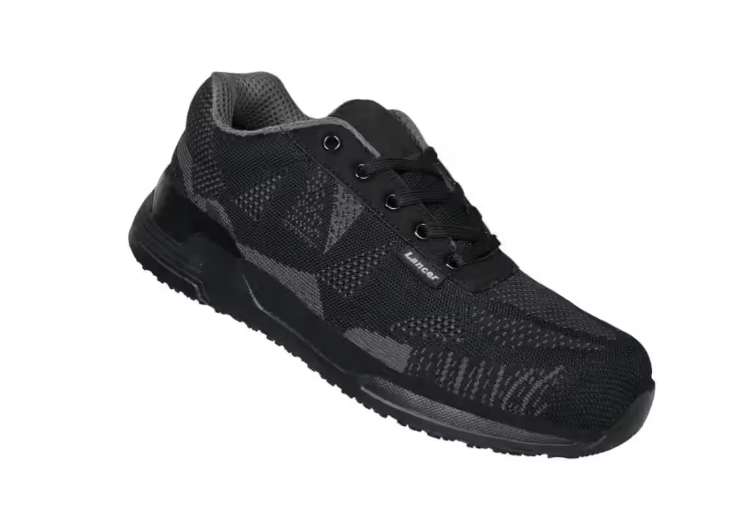
S3 safety shoes are a sturdy choice meant for outdoor tasks and damp settings. These shoes safeguard you from numerous risks. These shoes adhere to the EN ISO 20345 standard, which outlines the requirements for safety footwear.
Key Features of S3 Safety Shoes
- Protective Toe Cap: Like S1P shoes, S3 footwear includes a protective toe cap that can withstand impact forces of up to 200 joules.
- Water Resistance: One of the standout features is the water-resistant upper material, which repels water to keep your feet dry, crucial for outdoor work.
- Penetration Resistance: S3 shoes incorporate a puncture-resistant midsole to guard against sharp objects penetrating the sole, making them ideal for construction or industrial settings.
- Slip Resistance: Designed with a profiled outsole, S3 shoes provide excellent grip on slippery surfaces, reducing the risk of falls in wet conditions.
- Energy Absorption: Similar to S1P shoes, S3 footwear features energy absorption in the heel area, enhancing comfort during extended wear.
- Anti-Static Properties: S3 safety shoes also dissipate static electricity, preventing charge build-up in environments at risk of ignition.
- Resistance to Oil and Fuel: Like S1P, they resist degradation from oils and fuels, maintaining their protective qualities even in challenging conditions.
Applications of S3 Safety Shoes
S3 safety shoes are ideal for workers in high-risk environments where foot injuries are a significant concern. Typical users include:
- Construction Workers: Those engaged in building or demolition work face numerous hazards, including heavy materials and sharp objects.
- Warehouse Employees: Workers handling goods and operating machinery benefit from the slip-resistant and puncture-resistant features.
- Landscapers and Agricultural Workers: Outdoor workers often encounter wet surfaces and sharp tools or equipment.
- Maintenance Personnel: Individuals working in environments with oil spills or other hazardous materials require robust footwear for safety.
Key Differences Between S1P and S3 Safety Shoes
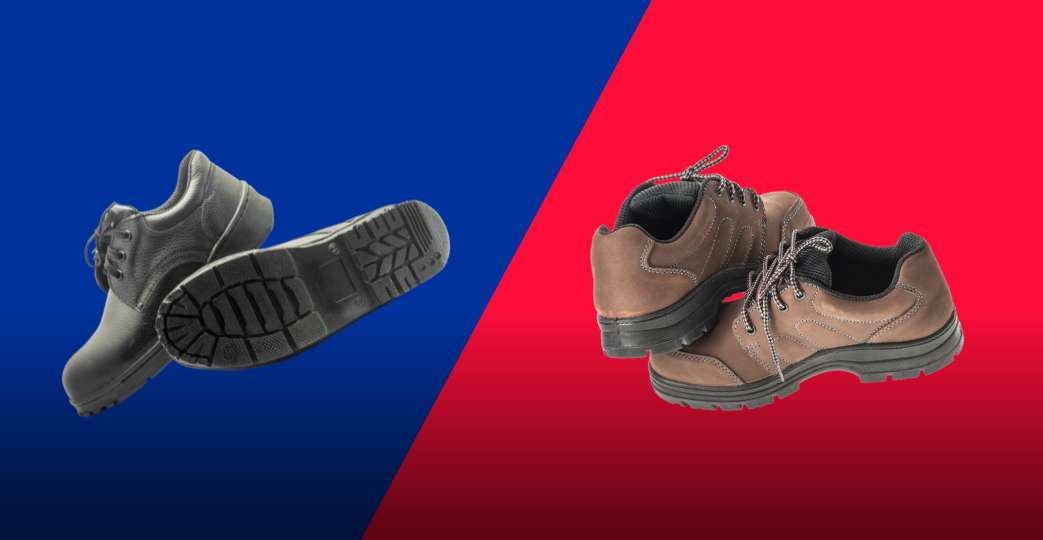
S1P and S3 work shoes each possess unique benefits. Understanding their differences is crucial when selecting the right footwear for your job.
1. Work Environment
- S1P Safety Shoes: Best suited for indoor use in dry environments, such as warehouses or assembly lines, where the risk of moisture is low.
- S3 Safety Shoes: Engineered for outdoor use, these shoes handle wet conditions efficiently, making them perfect for construction sites.
2. Water Resistance
- S1P Shoes: They are not waterproof and should not be worn in wet conditions due to inadequate protection against moisture.
- S3 Shoes: These offer enhanced water resistance and are built to handle outdoor tasks or wet working environments effectively.
3. Technical Properties
| Feature | S1P Safety Shoes | S3 Safety Shoes |
| 1. Protective Toe Cap | Yes | Yes |
| 2. Energy Absorption | Yes | Yes |
| 3. Anti-Static | Yes | Yes |
| 4. Penetration Resistance | Yes | Yes |
| 5. Water Resistance | No | Yes |
| 6. Slip Resistance | Yes | Yes |
4. Suitability for Professions
- S1P Safety Shoes: Ideal for professionals engaged primarily in indoor settings, such as warehouse staff or light industrial workers.
- S3 Safety Shoes: These shoes are best for those who frequently work outdoors, including construction workers, landscapers, and maintenance personnel.
Choosing the Right Safety Shoes
When choosing between S1P and S3 safety boots, you need to consider the following 5 key factors:
- Work Environment: Are you mostly indoors or outdoors? If you work in damp places or around sharp objects, S3 shoes might be your top choice.
- Nature of the Work: Will you deal with heavy stuff or sharp waste? For this, S3 is the go-to. But, if your job is light and dry, S1P boots can be enough.
- Comfort and Fit: Make sure the shoes fit right and have things like soft insoles. No matter the rating, if it's not comfortable, it lessens the shoe's safety.
- Compliance with Safety Standards: Always pick shoes that follow the safety standards of your job. This makes sure the shoes guard you right.
- Personal Preference: Think of what styles you like. A lot of manufacturers now make stylish but strong options.
Final Words
The decision between S1P and S3 safety shoes comes down to your distinct work setting and demands. These shoes serve different purposes but both promise top-quality safety. The S1P type works great in monitored, inside locations, while the S3 type is designed for tougher situations.
As the top construction materials and tools supplier in the UAE, our goal is to assist you in selecting the perfect safety shoes. We offer various S1P and S3 safety shoes from top brands, ensuring maximum safety for your unique work conditions.
Browse our website to explore our wide range of safety shoes and added construction gear. Stay secure, comfortable, and stylish because you and your work deserve only the best!

